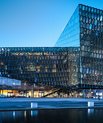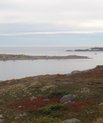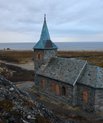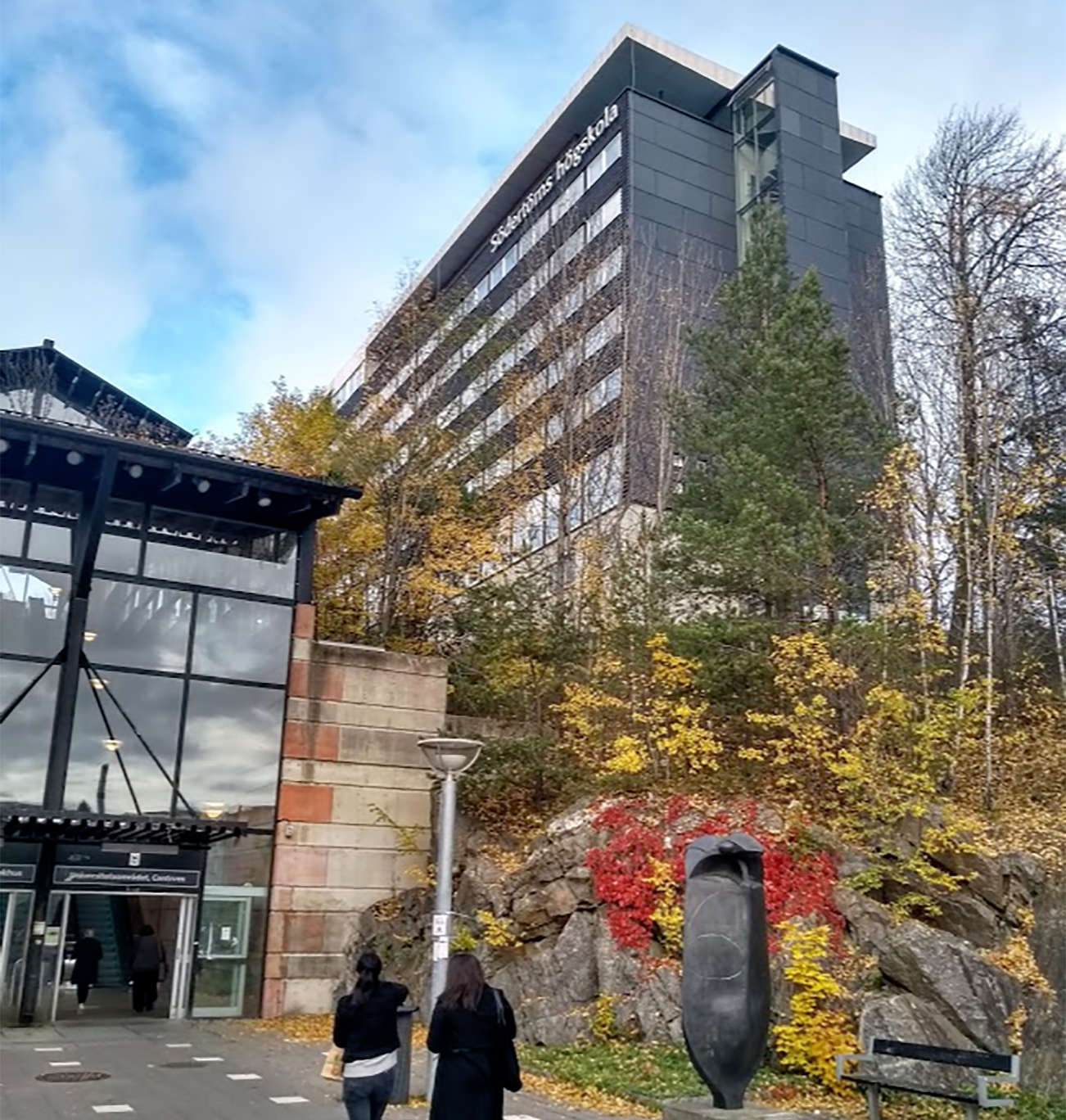The Nordic Model
The Nordic Model
In this theme page, you can find articles, films and podcasts about the Nordic Model.
Many people refer to the Nordic Model in different ways. The Economist proclaimed the Nordic countries as the ‘next supermodel’ in 2013 based on their combination of competitiveness and innovation, equality and wellbeing. Democrat contender for President in the US Bernie Sanders is frequently quoted as putting forward what are often referred to ‘socialist’ or ‘social democratic’ policies based on one or more of the Nordic countries. Also outside the Western hemisphere there is discussion about the Nordic countries, such as Nordic councils being of particular interest in Asia, for example.
What is the Nordic Model?: the social democratic heyday of the mid-20th century
There is no simple answer to the question ‘What is the Nordic model?’ and, in fact, there are many differences, as well as Swedish, Danish, Icelandic, Finnish or Norwegian models. That said, since about 1970, the term ‘the Nordic Model’ has been used to denote some key characteristics that the five Nordic countries have in common. You can watch Mary Hilson describe these in the short film 'What is the Nordic Model?'
Most importantly perhaps is the combination of capitalist economies with relatively high levels of taxation and universal welfare benefits, including healthcare.
The political culture is one of multi-party parliamentary democracy dominated by strong social democratic parties and consensus. For example, you can read about political coalitions and parliamentary culture, which is often contrasted with more adversarial ones, such as, in Washington. Similarly, policy-making is more consensual with a greater level of negotiation and collective bargaining between employers and workers via trade unions in the labour market. Corporatism can also be seen in other contexts as well.
During the social democratic heyday of the mid-20th century, the Nordic countries were almost exclusively seen as ‘neutral’ or 'non-aligned' from a defence point of view. This remains largely true despite Denmark, Norway and Iceland being founding members of NATO in 1949. During the Cold War, they had a unique status between the Eastern and Western blocs. You can read more about Norway's status during the Cold War and Denmark's status during the Cold War, for example.
These states were also among the earliest to introduce lauded measures of open government in the Nordics and are often seen as examples of transparency and lack of corruption with high levels of public trust.
Although many of these aspects still hold true, they hark heavily back to the social democratic heyday in the mid-20th century in the Nordic region.
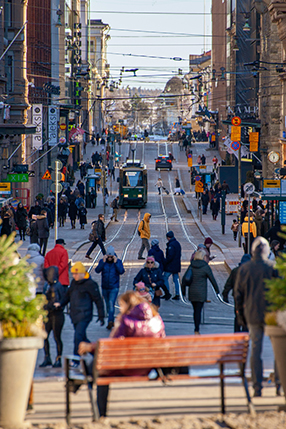
PICTURE: The Nordic model should not be considered to be the same as a strong state and/or interventionist economic policy. Aleksanterinkatu, Helsinki, Finland. Photo: Tapio Haaja, Unsplash.
The Nordic Model eroded since 1990?
It is generally accepted that since the early 1990s the Nordic Model in its traditional sense has been disappearing, or at the very least has been significantly challenged (See the article 'Is the Nordic model in danger?', for example). Various internal and external factors have been highlighted as the cause for this, as set out in our article 'The Nordic welfare state: staying fit-for-purpose'. Neo-liberalism heralded the individual and market as more important than the old meaning of collectivity and 'the people's home', and the socialist overtures inherent in these old ideas of the Nordic Model are increasingly being shrugged off - for better or for worse. If you would like a more specific example, you can read about how unemployment insurance was tied to trade unions in the ‘Ghent’ Nordic countries. Recently Finland, for example, allowed the setting up of independent insurance schemes.
With respect to Denmark specifically, you can watch a short film (in Danish with English sub-titles) tracking the developing of the welfare state from a tentative start around 1900 to its development as a social democratic project in 1960s. It sets out that the welfare state remains strongly accepted in Denmark even though it is under pressure and its design is continuously debated.
Associate Professor from the Centre of Nordic Studies at Helsinki University, Johan Strang gives examples of how the Nordics have moved away from the traditional idea of Nordicity since the end of the Cold War in this short film. These include the fact that democracy has become more based on the rights of the individual with the influence of, amongst other things, human rights. He also describes how they have moved away from collective participation and negotiation which was more prevalent during the mid-20th century. There has also been the shift from neutrality to a greater sense of Nordic cooperation around defence. Despite their humanitarian reputation, the production and export of arms has been significant in the Nordic countries (except Iceland).
Globalisation and the need to keep up with financial markets has also inevitably played a role, and you can read about this from an economic point of view, as well as its impact on society as a whole such as the recent rise of populism.
A more multi-ethnic population is also frequently quoted as a challenge to the Nordic Model. While this can be deeply problematic as it can lead to assumptions that racial homogeneity was a factor in the ‘success’ of the Nordic Model, the increase in multiculturalism must not be overlooked.
The use of the ‘Nordic Model’ for political means: a varying concept
Bernie Sanders refers to the Nordics to give a concrete idea of future (some say socialist) policy ideas. Macron refers to the Nordics to give a concrete idea of future policy ideas where the state embraces neo-liberalism. Fox TV news presenter Trish Regan refers to Denmark as a socialist country like Venezuela and therefore not to be emulated under any circumstances. The White House report 'The Opportunity Costs of Socialism' heavily criticizes socialism and aspects of the Nordic Model in particular. Some economists criticise the Nordics as they do not resemble the 'textbook' model of efficiency with large public sectors, with extensive and generous welfare systems, a high level of taxation and considerable state involvement. What is one then to believe?
The term the Nordic Model should be used with caution as it can apparently mean many different things leading the renowned Finnish historian Pauli Kettunen describing the Nordic model as a single model with five exceptions. Listen to a nordics.info podcast discussing the myriad of ways the Nordic model has been seen and used over the last century: The Nordic Model: Heaven or Hell?
Podcasts are available on YouTube with subtitles:
Here is a list of articles, in the order that they have been published, that are to do with the Nordic Model theme:
Further reading
- Erik Einhorn and John Logue, Modern Welfare States: Scandinavian Politics and Policy in the Global Age (New York: Praeger, 2003).
- Francis Sejersted, The Age of Social Democracy. Norway and Sweden in the Twentieth Century, translated Richard Daly, edited Madeleine B Adams (Princeton: Princeton University Press, 2011).
- Mary Hilson, Silke Neunsinger and Iben Vyff, eds., Labour, Unions and Politics under the North Star: The Nordic Countries 1700-2000 (Oxford: Berghahn, 2017).
- Mary Hilson, The Nordic Model since 1945 (London: Reaktion Books, 2008).
- Nik Brandal, Øivind Bratberg and Dag Einar Thorsen, The Nordic Model of Social Democracy (Basingstoke: Palgrave Macmillan, 2013).
- Øystein Sørensen and Bo Stråth, eds., The Cultural Construction of Norden (Oslo: Scandinavian University Press, 1997).
